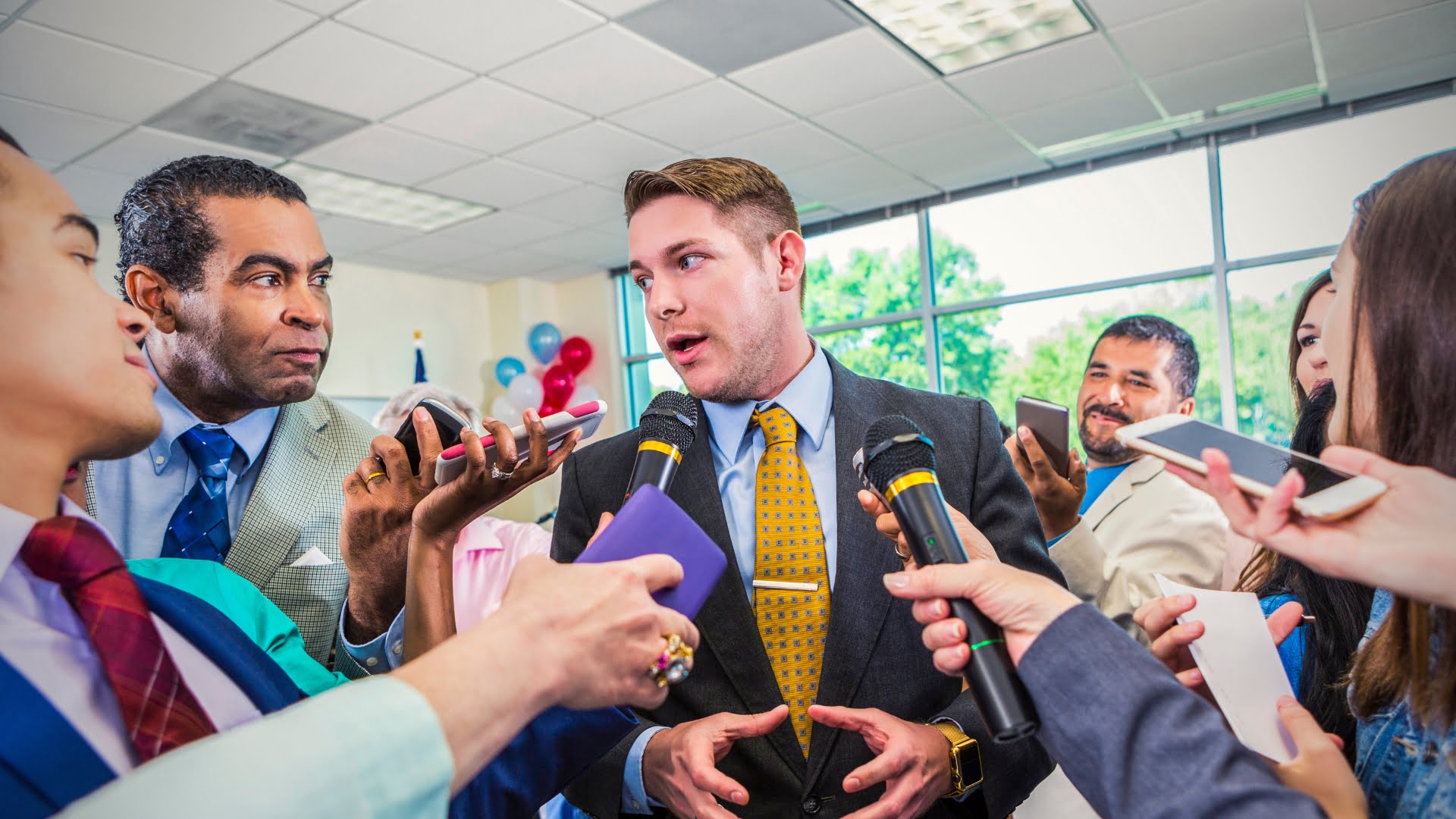The media has an undeniable power to shape public opinion. Every day, we are bombarded with information from various sources, such as newspapers, television, radio, and social media. But do people truly believe everything they see, hear or read in the media?
The answer is complex. People’s beliefs and attitudes are influenced by a multitude of factors, including personal experiences, social interactions, and cultural background. However, the media plays a significant role in shaping public opinion by framing issues, setting agendas, and providing a platform for different perspectives.
One of the key factors that influence the believability of media messages is credibility. People are more likely to believe information that comes from sources they perceive as trustworthy and reliable. This is why established news organisations with a history of accurate reporting tend to have more credibility than less reputable sources.
Another factor that influences the believability of media messages is confirmation bias. This is the tendency for people to seek out information that confirms their existing beliefs and ignore or discount information that contradicts them. In today’s digital age, where information is readily available and easily accessible, it is increasingly important for people to critically evaluate the sources of information they encounter.
Additionally, the rise of social media has democratised the creation and dissemination of news and information. While this has its benefits, such as giving voice to marginalised groups and enabling greater diversity of perspectives, it has also led to the spread of misinformation and fake news. Studies have shown that false information spreads faster and more widely on social media than true information, highlighting the importance of media literacy and critical thinking skills.
In conclusion, while the media has a powerful influence on shaping public opinion, whether people believe what they see, hear, or read depends on a variety of factors. Credibility, confirmation bias, and the rise of social media all play a role in shaping how people perceive and interpret media messages. As such, it is important for people to critically evaluate the information they encounter and be mindful of the sources they trust.
At Communication & Media Manoeuvres, we offer strategic stakeholder communications and media training that will ensure your messages powerfully connect. Implementing our methods into your corporate communications strategy will allow your organisation to be represented in the best possible way. Join us for expert tips and guidance to develop key proof points, establish a brand vocabulary, and craft compelling calls to action that align with your communication goals. Click Follow Now.






